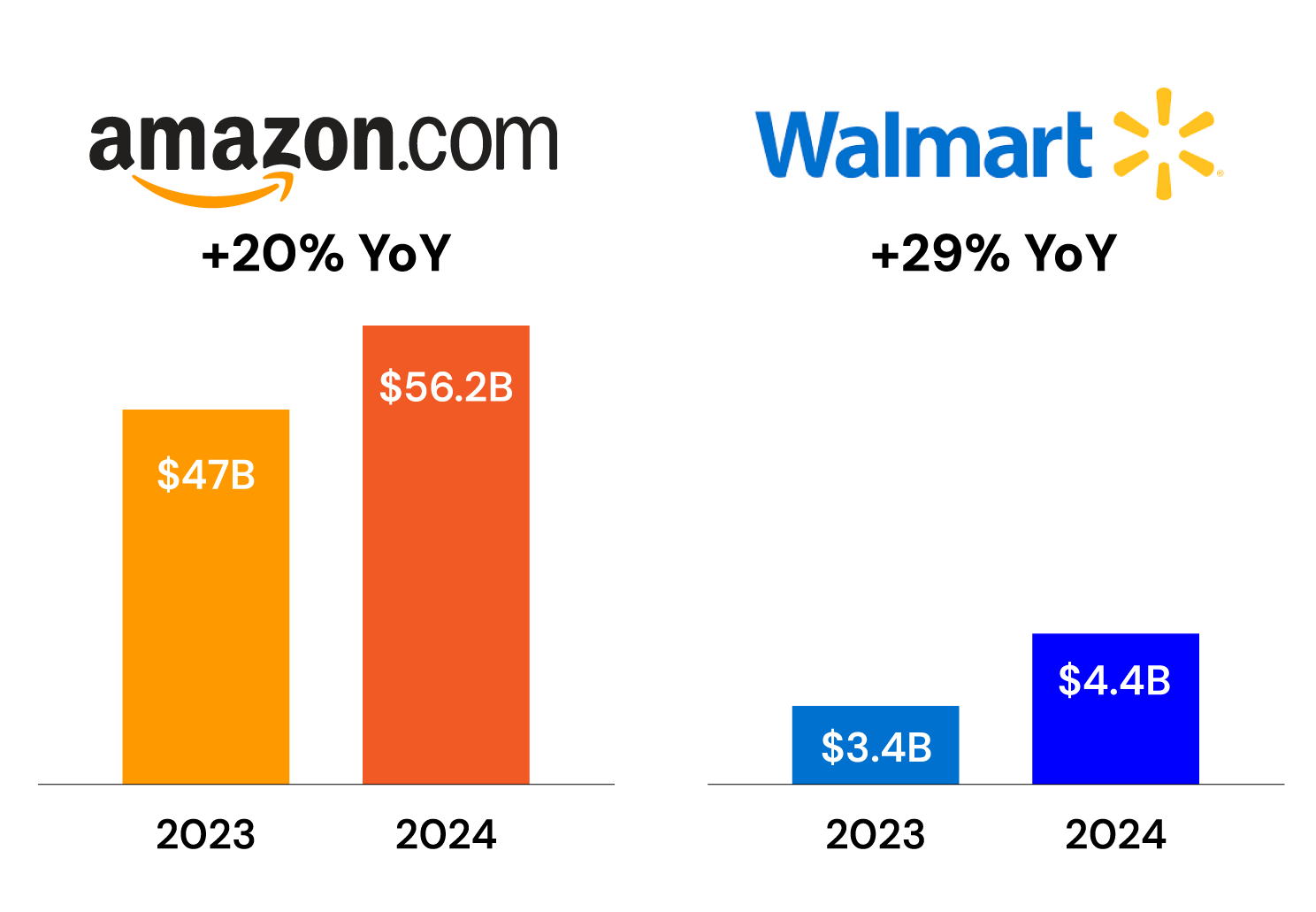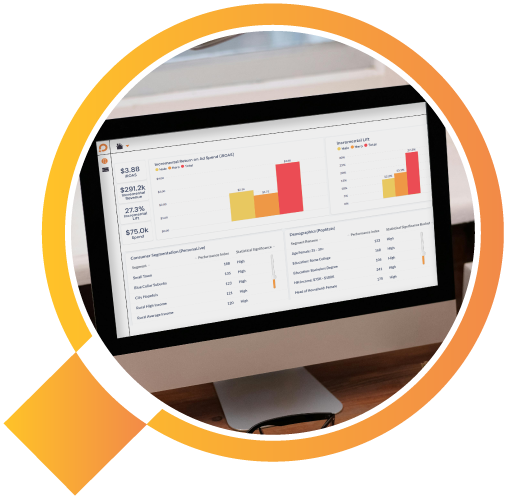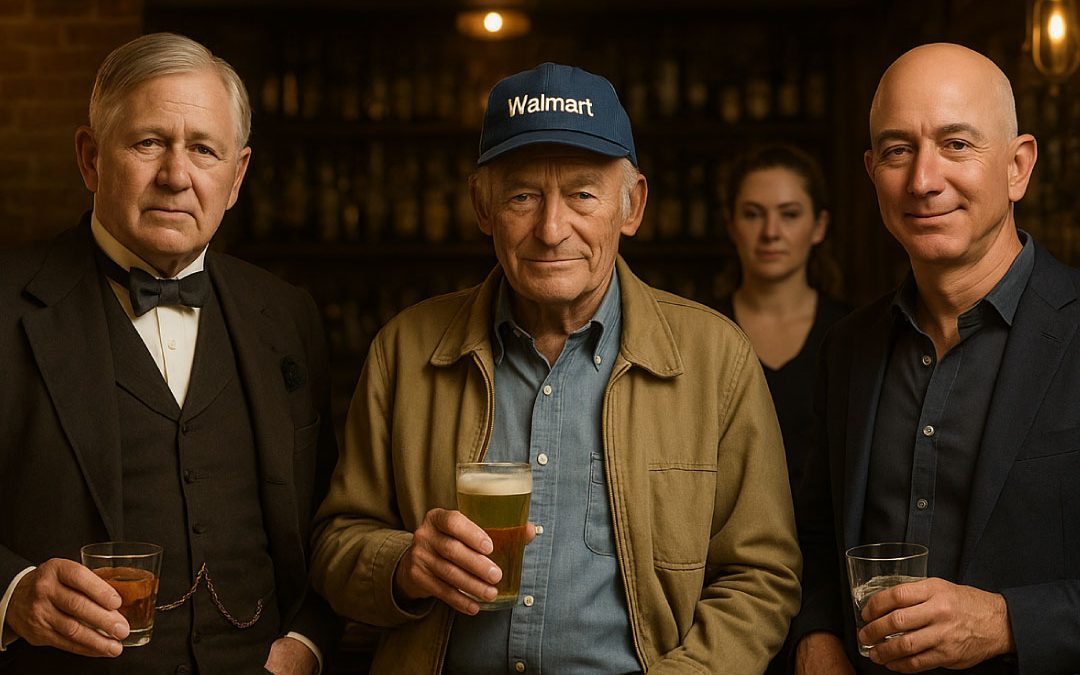
Are RMN Budgets Really Increasing +20% every year?

Are RMN Budgets Really Increasing +20% every year?
 By Sumi Mukoyama
By Sumi MukoyamaEvery report I read says that spending with retail media networks is increasing year over year, yet my conversations with consumer packaged goods stakeholders (or ‘suppliers’ as the retail category managers often refer to them) don’t necessarily reflect what the numbers are saying.
If we look at the two biggest RMNs – Amazon Advertising and Walmart Connect – here are the numbers:
Based on these figures alone, you would think that every CPG is receiving at least 20% more advertising dollars to spend on RMNs but that doesn’t seem to be the case.

So what’s really happening?
1. All budgets are getting funneled towards RMNs: CPG budgets that were traditionally defined as ‘trade,’ ‘shopper marketing’ and ‘branding’ are all being tapped by the RMNs who claim that they can reach the consumer throughout the entire funnel of the purchasing journey. That means that different people within a CPG organization are spending with RMNs – salespeople, shopper marketing teams, brand teams, digital commerce teams and more.
2. Fragmented support system: Large CPGs who sell well-known products often work with multiple agencies and brokers who are tasked with managing a specific part of their budget. A retail media network can potentially work with multiple agencies/brokers who are all tasked with supporting the same CPG.
3. Retailers are re-orging: As the retail media networks take over responsibility for different monetization opportunities within the retailer’s organization, the revenue is now being counted towards the “RMN,” but this is merely a change in accounting. What used to hit a different P&L within the retailer organization is now being captured under the retail media network division.
What are the consequences?
1. CPGs need to make every dollar count: Marketing dollars need to work harder than ever before because they have multiple KPIs. I can’t tell you how many times I’ve heard, “The KPI is awareness but we really need sales.” Everyone knows that awareness is a much different beast than conversion, yet there’s an unreasonable expectation that all marketing activations will be successful when you look at a variety of metrics.
2. Budget responsibilities are less defined: The lines between trade, shopper marketing and brand budgets are blurring. Spending towards digital video is increasing YoY but is digital video an awareness driver or a conversion driver? Is the difference where the video placement is seen? Or is it whether or not you can click to a CPG’s store or retailer and buy after viewing the video?

3. Difficult to know where to spend the next dollar: With so many different stakeholders, KPIs and activations, it’s very hard to understand which marketing vehicles are working. And by ‘working,’ I’m referring to marketing activities that lead to incremental sales because that’s really what CPGs need – grow baseline sales.
I work at a CPG brand, what do I do now?
1. Chart a course: Define the ultimate goal and work backwards from there. Most of the time, it’s increasing sales of products so the majority of CPGs need to set the right KPI which is incrementality. It could be incremental ROAS, incremental sales, incremental units, incremental bookings but the key thing here is you’re not just talking to the same people over and over again. Don’t overcomplicate RFPs by including vanity metrics like click through rates or ROAS or video completion rates.
2. Demand incremental measurement: Retail media networks, solution providers and media companies will listen to their advertisers. If all of the CPGs demand better, real-time, standardized incremental measurement, the industry will begin to move towards this goal. Your marketing budgets are your leverage, so spend them with the vendors who are giving you the measurement you deserve.
3. Start small: Overhauling measurement for the entire advertising ecosystem will take time, so CPGs can take control now by working with independent, 3rd party measurement companies to measure incrementality on a campaign-by-campaign basis. CPGs are not leveraging the data they have access to which is a big mistake.
Every day, consumers are giving feedback to CPGs with their wallets. Listen to them.




 By Rikki Marler
By Rikki Marler


 By Paul Van Wert
By Paul Van Wert


 By Brian Pozesky
By Brian Pozesky







